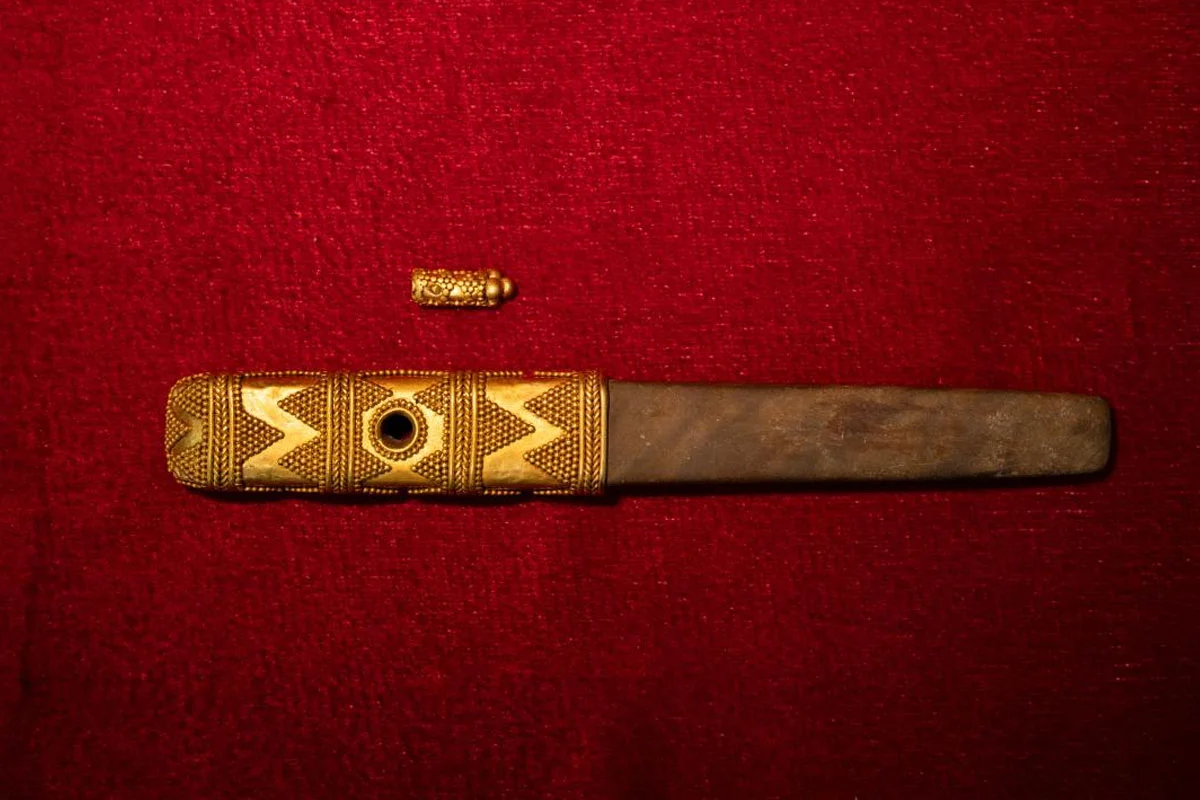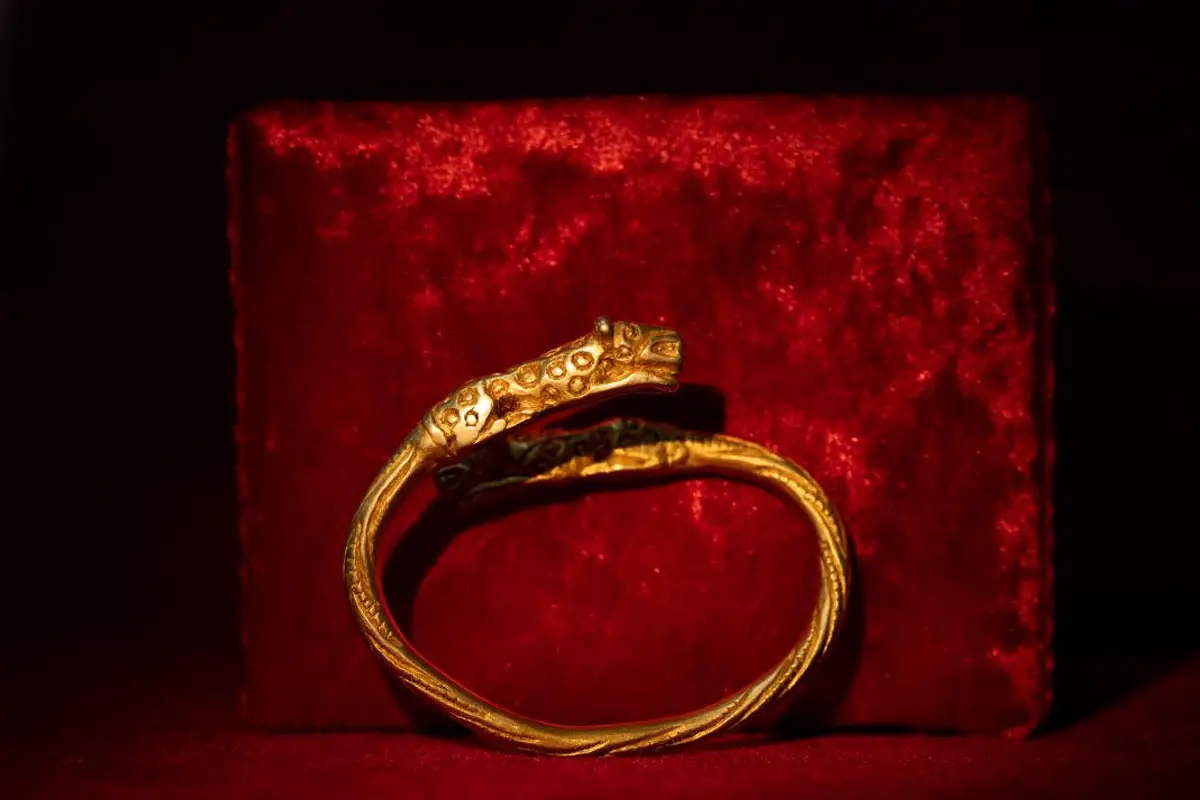Archaeologists from the Atyrau Regional Museum of History have unveiled a rare collection of Sarmatian treasures discovered in a burial mound in Kazakhstan’s Kyzylkoginsky district.
Between 2023 and 2024, archaeologists excavating the Karabau-2 burial mound have uncovered nine burials, seven of which were found intact. The burials are accompanied with high status grave goods, such as jewellery, weapons, and ceramic vessels that date from the 5th century BC.
An analysis has determined that the grave goods are associated with the Sarmatians, a large confederation of Iranian equestrian nomads who migrated from Central Asia to the Ural Mountains between the 6th and 4th century BC, eventually settling in most of southern European Russia and the eastern Balkans.
By the 5th century BC, the Sarmatians had secured control over the region between the Ural Mountains and the Don River. In the 4th century BC, they crossed the Don and conquered the Scythians, and by the 2nd century BC, emerged as the dominant rulers across much of southern Russia.

Marat Kasenov from the Atyrau Regional Museum of History, said: “Until recently, archaeologists believed that our region was on the outskirts of the Sarmatian Empire. However, our excavations suggest that the Caspian lowland, Zhaiyk, and the area near the Zhem River were at the heart of this vast empire.”
“We have uncovered approximately a thousand artefacts, including 100 gold ornaments depicting predators such as leopards, wild boars, tigers, and saigas native to the region at that time. Among the discoveries are two well-preserved wooden bowls, previously unseen in archaeological records, currently undergoing restoration,” added Kasenov.
Additionally, archaeologists have unearthed silver pictograms depicting a saiga and a wolf, bronze and iron weapons, and touchstones with gold handles – used by the Sarmatians to verify the authenticity and quality of gold.
Header Image Credit : Akimat of Atyrau Region
Sources : Akimat of Atyrau Region







